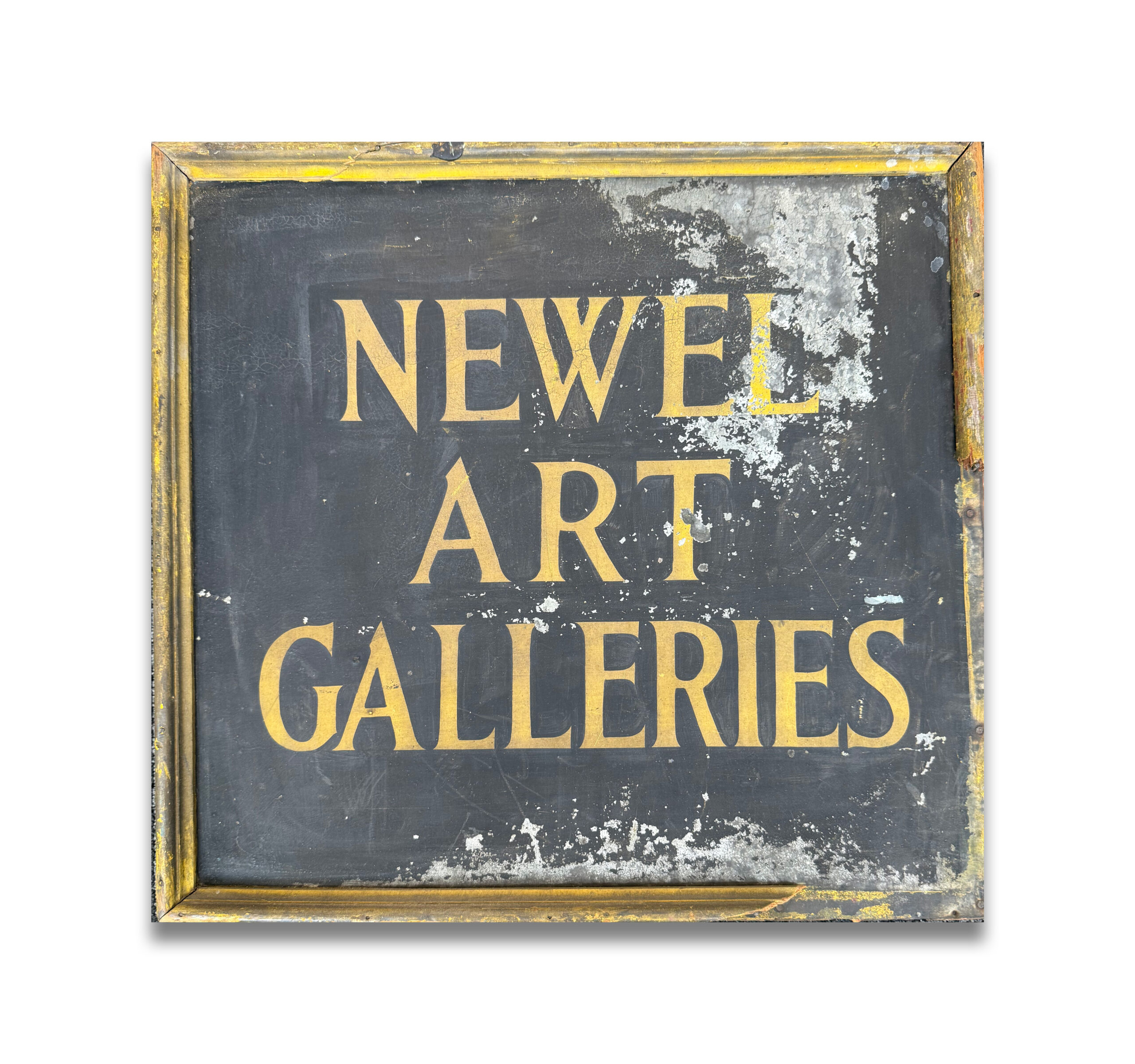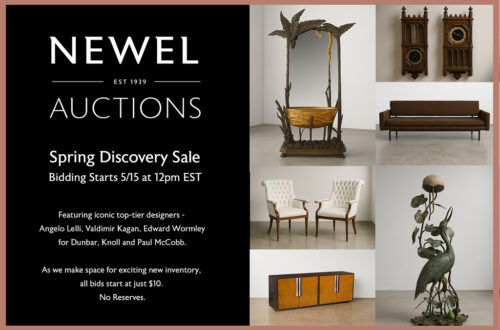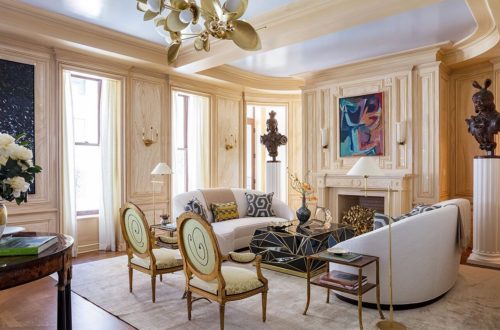By Jake Baer, 4th Generation CEO of Newel
In the earliest weeks of his second term, President Donald Trump’s scattershot approach to tariffs has culminated in a broad, forceful set of measures—collectively referred to as “Liberation Day.” Starting April 5, a 10 percent base rate will apply to all imports, followed on April 9 by additional tariffs on specific countries: 46 percent on Vietnam, 32 percent on Indonesia, 20 percent on the European Union, 27 percent on India, and an additional 34 percent on China (already carrying 20 percent from earlier this year).
For manufacturers of new, contemporary goods, these levies represent a steep new hurdle—costs are rising, and supply chains remain in flux. Meanwhile, the antique and secondary markets find themselves in a position that, although not immune to global uncertainty, may hold unexpected advantages.
Why Antiques and Secondary Market Goods Might Thrive
Tariff Advantages for True Antiques
Many older pieces (100 years old or more) qualify for lower or zero tariffs. This reduces the cost differential between brand-new imports and authentic antiques—and can make antiques or vintage furnishings a surprisingly competitive choice.
Sustainability & Authenticity
Antiques and secondary market items sidestep much of the environmental and economic burden of new manufacturing. Instead, you’re giving a second life to pieces that already exist—and often come with a unique history.
Domestic Advantage
With manufacturing hubs abroad in upheaval, stateside inventory becomes even more attractive. When you source an antique or gently used piece locally, there’s no risk of last-minute tariff shocks at the border.
The Broadening Appeal of Auctions
Traditionally seen as a haven for rare art and antiques, auctions are actually a dynamic venue for all kinds of goods, including contemporary and designer items. The pandemic proved that, when supply chains stall and retail shelves go bare, auctions can fill the gap. Over the last few years—particularly during COVID—the number of new auction users more than doubled as people discovered it was one of the few reliable ways to find in-stock merchandise.
With tariffs adding a fresh layer of complexity, auctions may continue growing in popularity. Bidders control the price in real time, often finding deals that outpace standard retail channels, even on newer designs. As global shipping disruptions persist, it’s possible that auctions will evolve from a niche or luxury shopping experience into a necessity for designers, retailers, and homeowners seeking faster, more reliable inventory.
Overcoming Challenges & Adapting
No market segment is entirely immune to global economic volatility. Antiquities can still involve cross-border transport and customs complications. Secondary market items may also require verification of authenticity or condition, adding extra steps to the buying process. Yet these are challenges we can manage. Through meticulous documentation, transparent communication, and strong logistics partnerships, it’s possible to streamline transactions, bolster buyer confidence, and keep prices fair.
Looking to the Future
At Newel, we’ve thrived through nearly a century of economic ups and downs by embracing flexibility, diversification, and authenticity. Our industry’s evolution makes it clear:
Antiques remain timeless investments—steeped in history, craftsmanship, and potential for value retention.
Auctions are no longer just for antiques: They’re a practical, community-driven marketplace for both classic and contemporary finds, especially when supply chains elsewhere are under pressure.
Whether you’re a seasoned collector or an interior designer seeking unique pieces, the secondary market offers a powerful alternative to high-tariff, newly imported goods. We at Newel will continue to sell, rent, and auction from our extensive inventory, explore emerging markets, and evolve with the times. In any climate—especially one as unpredictable as ours—a business with multiple revenue streams is better positioned to pivot and thrive.
But what do you think? As tariffs bite into contemporary imports and supply chains remain unpredictable, will you turn to auctions and antiques for your next project or purchase? I’d love to hear your perspective—because in a rapidly shifting world, the more we share and adapt together, the stronger our industry becomes.
—Jake Baer
CEO (4th Generation), Newel







